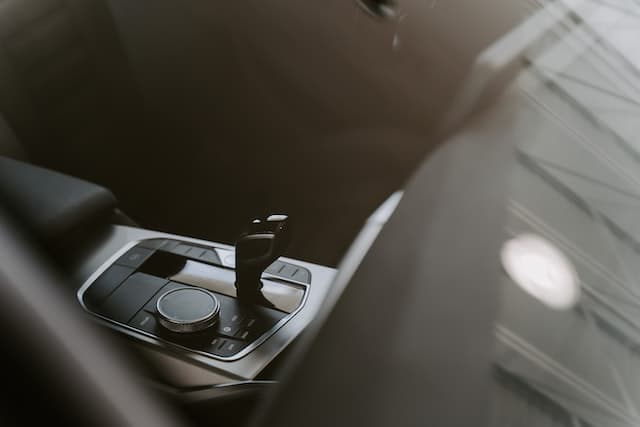Table of Contents
- Introduction
- What is shifting?
- So why can’t you shift gears?
- The final reason why your shifter might be moving but not your gears
- List of reasons why your gears won’t change
- Conclusion
Home » Shifter moving but wont change gears?
Introduction
If you’re new to cars, it’s important to understand that the shifter is a lever located in the center console of a car (usually between the front seats). It is used to select which gear the car should be in. When you move the shifter, you are telling the transmission (the part of the car that is responsible for transferring power from the engine to the wheels) to switch gears.
Now, onto the question: why might the shifter move but not change gears? There could be a few different reasons for this. One possibility is that the shifter cable, which connects the shifter to the transmission, is damaged or has come loose. If the cable is not functioning properly, the transmission may not receive the proper signals to change gears. But don’t worry; we will cover everything you need to know in this article, from what shifting is, what could be causing this issue, and how you can fix it.
What is shifting?
Alright, first thing first, let’s get to the core activities we want to take place, and that is shifting. Shifting gears is a core component of any manual transmission vehicle and is essential for your car’s safe and efficient operation. But what happens when you shift but nothing seems to happen? It may sound like a silly question, but it’s actually a fairly common problem that requires some investigation to resolve.

So why can’t you shift gears?
The first step in understanding what is happening is to identify the symptoms: does the shifter move without changing gears or not change at all? If the shifter moves without causing any gear changes, then you likely have an issue with your linkage or clutch system. On the other hand, if it won’t move at all, there could be an issue with your transmission fluid levels or possibly another mechanical failure.
Another possibility is that there is a problem with the transmission itself. This could be due to a malfunctioning component within the transmission or a sign of more serious issues such as low transmission fluid or worn gears.
The final reason why your shifter might be moving but not your gears
If the shifter is moving but not changing gears, it is important to have the issue diagnosed and repaired by a qualified mechanic as soon as possible. Driving a car with a malfunctioning transmission can cause further damage and may even be dangerous.
List of reasons why your gears won’t change
Sure! Here are some common issues that can cause the shifter to move but not change gears:
- Damaged or loose shifter cable: As mentioned earlier, the shifter cable connects the shifter to the transmission. If the cable is damaged or has come loose, the transmission may not receive the proper signals to change gears.
- Malfunctioning transmission component: Many components within the transmission could malfunction and cause the shifter to move but not change gears. For example, the gears themselves could be worn out or there could be an issue with the transmission’s shift fork (a component that helps to move the gears into place).
- Low transmission fluid: The transmission requires a certain amount of fluid to function properly. If the fluid level is low, the transmission may not be able to change gears as it should.
- Faulty transmission control module: The transmission control module is a computer responsible for controlling the transmission. If the module is not functioning correctly, it could cause issues with shifting.
- Clutch issues: If the clutch (the component that allows the engine and the transmission to “disconnect” from each other) is not functioning properly, it can cause shifting issues.
Conclusion
Have you ever been driving and noticed that your car is shifting gears, but nothing happens when you try to change the gears yourself? If so, you may have an issue with your shifter. While it’s a common problem, it can be difficult to diagnose and even more difficult to fix. In this article, we went over the common causes of this issue, and most of them can be fixed at home to some extent.
Some causes on the list might require you to take your car to your mechanic as they are a bit above DIY home car projects.


